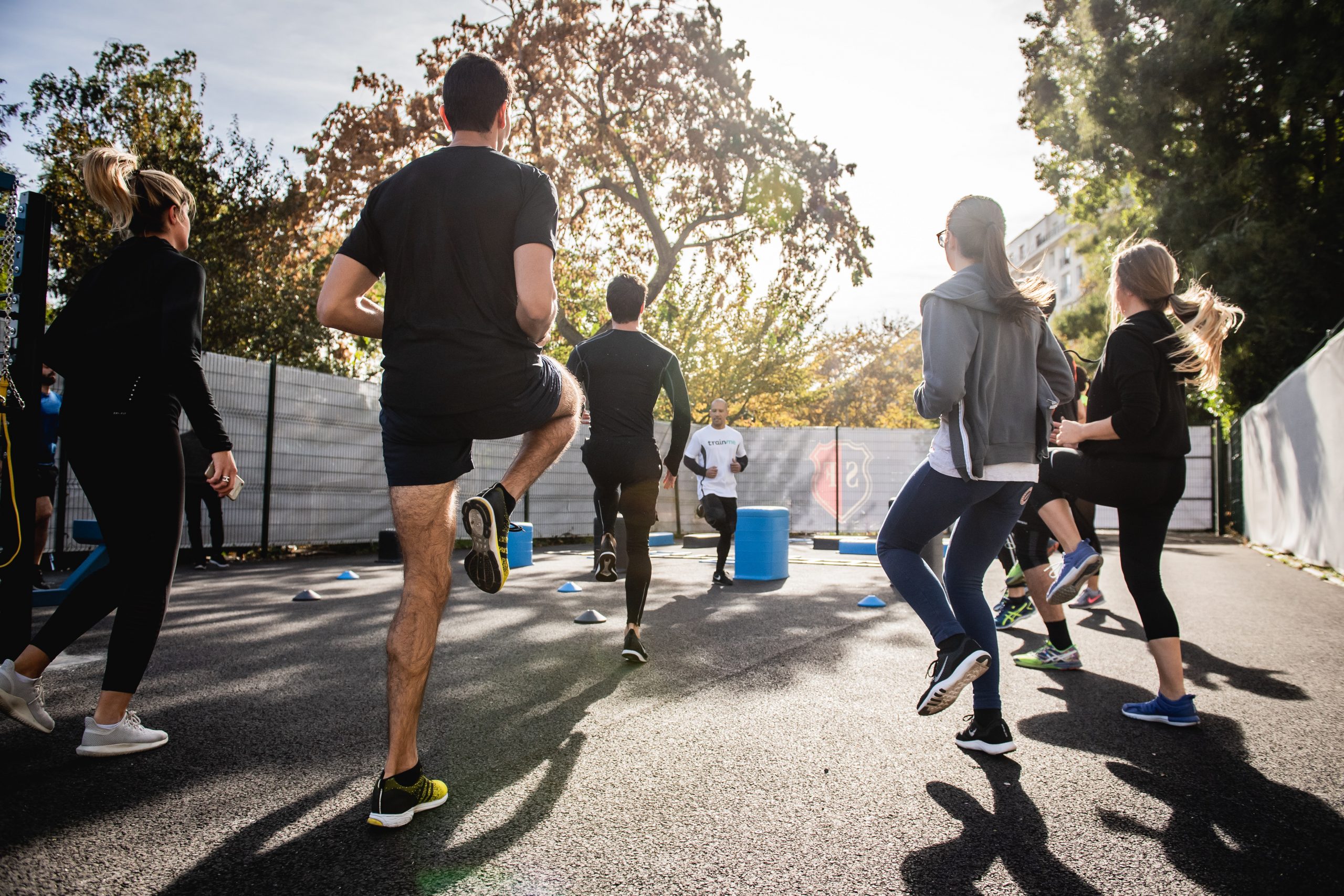The Importance of Warming Up and Cooling Down
By: Maddie Boyer
Despite running cross country for all four years of high school, I was skeptical how much warm ups and cool down could really benefit you. To me, it seemed like extra running for not a lot of extra reward. Naturally, once I reached college and started working out entirely on my own, warm ups and cool downs fell off my priority list. Little by little, I noticed that running felt much harder than it had been. After researching what possible explanations could be, I learned about how important warming up and cooling down are to cardio workouts. Here are some shared tips on why and how you should incorporate warm ups and cool downs to your fitness routine!
Benefits
There are very few things that can’t be improved by practice. This is true for exercise as well! Warming up is essentially a practice round for your body to ease into the movement you’re undertaking. It will raise your body temperature, increase your blood flow, and elevate your heart rate more gradually than if you jumped straight into an aerobic activity. This can help you decrease pain or risk of injury. Likewise, cooling down can help you return your heart rate to normal. Engaging in warm ups or cool downs can also improve your flexibility and range of motion.
How to Warm Up and Cool Down
To effectively warm up, it is best to do an activity that is similar to the exercise you will be engaging in just at a slower pace and lower intensity. As you warm up, you will increase the intensity until you reach the level of your work out. For a run for example, this could look like a brisk walk or jog for 5 to 10 minutes. Similarly, cooling down will involve slowing the intensity of your workout to a more mild version of your exercise. This should look like a more leisurely version of your workout.
Warm ups can also look like simply getting your body moving and your heart rate up. This could mean 5 to 10 minutes of exercises that work a variety of muscle groups, such as jumping jacks, push-ups, or lunges. Cooling down can also involve different movement, but should allow the body to return to normal functioning levels.
Equally important to your warmup and cool down routines is stretching. Though stretching should not replace the exercises involved in warming up and cooling down, it can likewise contribute to greater range of motion, decreased risk of soreness or injury, and can help prepare your muscles for activity or return them to normal state. A strong exercise routine should begin with stretching and then move into a warm up to a workout, and then transition to a cool down and stretching once more.
Though adding these phases to your workout can make exercise a little more time consuming, it can also be very beneficial! In my experience, I have better workouts and reduced soreness from these few extra minutes of preparing my body for exercise. Find what works for you and give it a try!
Follow Campus Rec on Facebook and Instagram for more content!

